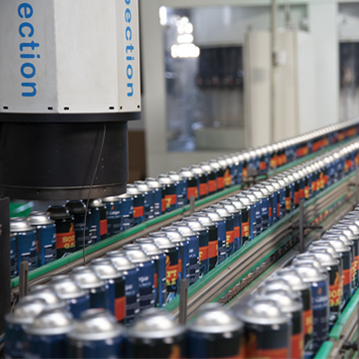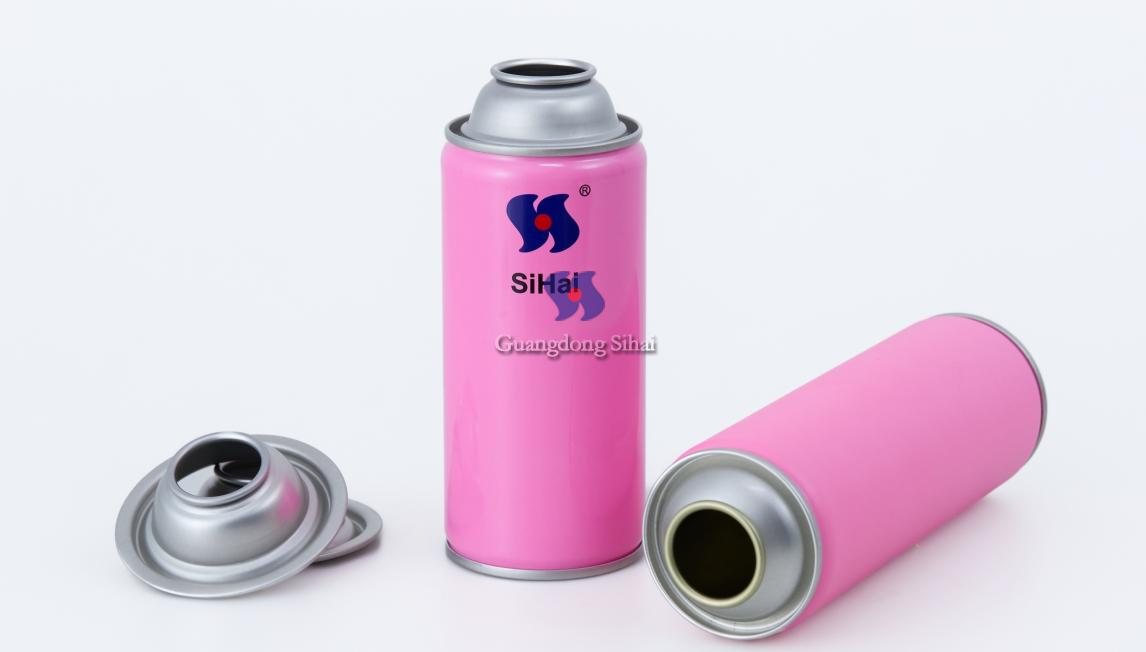
Since the 1920s, aerosol cans have had a significant impact on industries and economies around the world. Despite this, they have been used to effectively disperse an extensive variety of chemicals, including cleansers, lubricants, shaving cream, and paints spray. While many people have knowledge of the numerous applications for aerosol cans, few are knowledgeable of how they work or the propellants used to make it all possible.
What Are the Different Types of Aerosol Can Propellants?
There are several different types of aerosol can propellants used in aerosol cans, each providing a diverse array of advantages and disadvantages. We’ve outlined three different types of aerosol can propellants below.
Compressed Gas Aerosol Can Propellant
Some aerosol cans use a compressed gas like nitrogen or carbon dioxide as their propellant. The advantage of compressed gas as an aerosol can propellant is that it’s very cheap, and it isn’t flammable, though other products within the aerosol can be. The disadvantage of compressed gas as an aerosol can propellant is that the pressure within the can will decrease over the life of the can. As the product within the can is used, the pressure within the can decreases, and the can will have less dispersing power because of it. Currently, only about 10% of aerosol cans use compressed gas as the propellant. Most use a form of liquid gas, which is explained below.
Liquid Gas Aerosol Can Propellant
The most common type of aerosol can propellant is a liquefied gas such as butane, isobutane or propane. The gas is compressed within the can to form a liquid. The advantage of this technology is that it maintains stable pressure levels throughout the can's life. As the product disperses and space in the can becomes available, the liquid gas vaporises and fills the new space, allowing the can to maintain a constant internal pressure. The downside of this method is that liquid gas propellants are flammable, increasing the risk connected with their usage and storage. Nonetheless, this remains the most prevalent type of aerosol can propellant.
Chlorofluorocarbon Aerosol Can Propellants
Chlorofluorocarbons were previously utilised as an aerosol can propellant. They offered the benefits of both liquid gas and compressed gas aerosol cans, namely that they maintained constant pressure throughout the can's life and were non-flammable. However, it was discovered that they were destroying the ozone layer, and their usage in aerosol cans was phased out in the United States in the late 1970s. In 1987, 191 countries signed an international agreement to phase out ozone-depleting chemicals such as chlorofluorocarbons. Aerosol cans using chlorofluorocarbons as a propellant are no longer permitted in the United States and many other nations.
